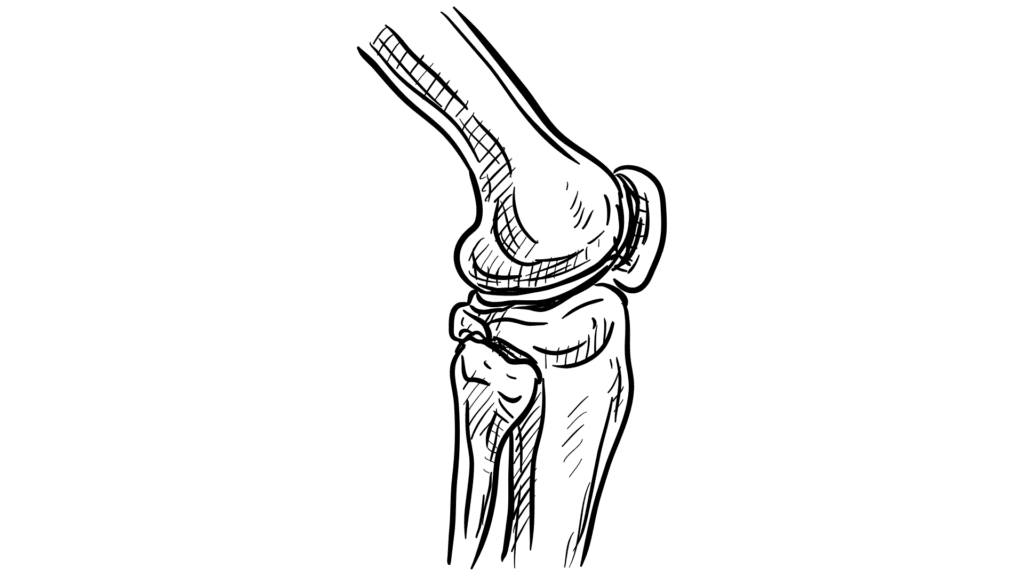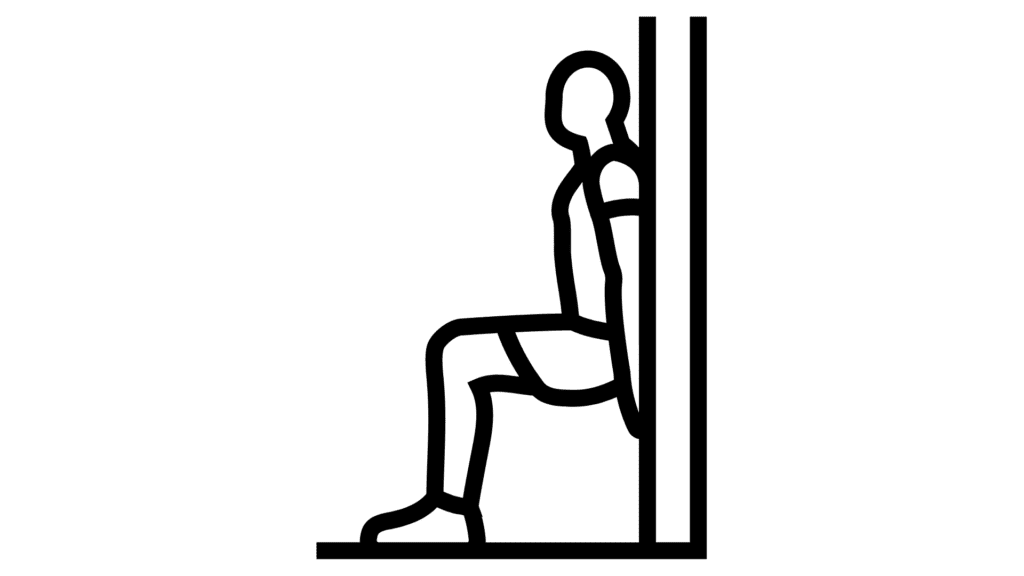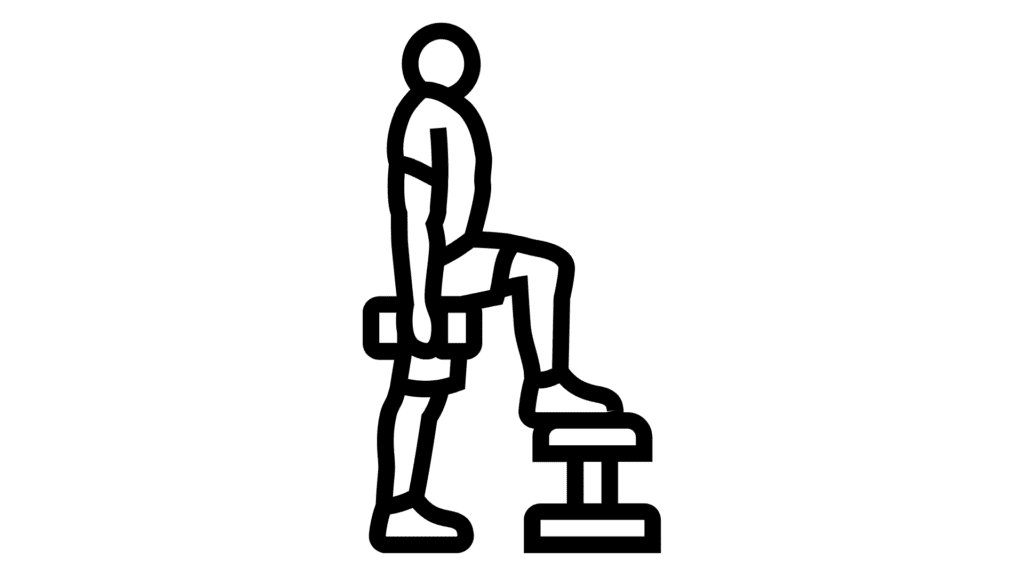Best At-Home Knee Exercises for Joint Health and Mobility

Strong, healthy knees are essential for mobility, balance, and everyday function. Whether you’re walking, running, climbing stairs, or simply standing, your knees bear a significant amount of pressure and strain.
Weak knees can lead to pain, limited mobility, and a higher risk of injury. Fortunately, there are numerous effective exercises for stronger knees and to improve joint health, and enhance overall mobility.
In this article, we’ll explore the best at-home knee strengthening exercises, the benefits they provide, and how they contribute to long-term joint health.
Knee strength is crucial for a variety of reasons, from maintaining everyday functionality to preventing injuries. Weak knees are often a result of muscle imbalances, poor posture, or aging. When the muscles surrounding your knees are not strong enough to support the joint, your knees can become more susceptible to stress, leading to pain and injuries such as sprains, strains, or even long-term conditions like osteoarthritis.
Strengthening your knees improves the stability of the joint by targeting the surrounding muscles, such as the quadriceps, hamstrings, glutes, and calves. Strong muscles not only protect the knee but also absorb the impact of daily activities, reducing the risk of injury and improving overall mobility.

Tips for safe knee strengthening exercises
Before starting any exercise routine, it’s important to focus on safety, especially if you’ve experienced knee pain or injury in the past. Here are a few key tips to keep in mind:
- Warm up properly: Always begin your workout with a warm-up, like walking in place or light stretching. This increases blood flow to your muscles and prepares your joints for exercise.
- Maintain good form: Pay attention to your posture and form while exercising. Poor technique can put unnecessary stress on your knees and increase the risk of injury.
- Start slow: If you’re new to exercising or have weak knees, begin with gentle movements and low repetitions, gradually increasing the intensity as your strength improves.
- Listen to your body: If an exercise causes pain, stop immediately and try a different movement. Some discomfort is normal, but sharp pain should be avoided.
Now that you’re ready, let’s explore the best at-home knee strengthening exercises to improve joint health and mobility.
1. Straight leg raises
Straight leg raises are a simple yet effective exercise that targets the quadriceps, the muscles in the front of the thigh. Strong quadriceps provide crucial support to the knee joint, helping to stabilize and protect it during everyday movements.
How to:
- Lie flat on your back with one leg bent and the other leg straight.
- Tighten the quadriceps of your straight leg and slowly lift it until it’s about 12 inches off the floor.
- Hold the position for a few seconds, then lower your leg back to the ground slowly.
- Repeat for 10-15 repetitions, then switch legs.
Benefits:
- Strengthens the quadriceps without placing stress on the knee joint.
- Improves knee stability and reduces the risk of knee pain or injury.
2. Wall sits

Wall sits are an excellent exercise for strengthening the muscles around the knees, particularly the quadriceps and glutes. This isometric exercise helps build endurance and stability in the lower body.
How to perform:
- Stand with your back flat against a wall and your feet shoulder-width apart.
- Slowly slide down the wall by bending your knees, as if you’re sitting in an invisible chair.
- Hold the position with your knees at a 90-degree angle for 20-30 seconds, then push through your heels to return to a standing position.
- Repeat 3-4 times.
Benefits:
- Strengthens the quadriceps, hamstrings, and glutes.
- Builds endurance and improves stability in the knee joint.
- Low impact, making it gentle on the knees.
3. Glute bridges 🍑
Glute bridges are a fantastic exercise for strengthening the posterior chain, including the glutes, hamstrings, and lower back. These muscles help support the knees by reducing pressure on the joint.
How to:
- Lie on your back with your knees bent and feet flat on the floor, hip-width apart.
- Tighten your core and squeeze your glutes as you lift your hips off the ground until your body forms a straight line from your shoulders to your knees.
- Hold the position for a few seconds, then slowly lower your hips back down.
- Perform 10-15 repetitions.
Benefits:
- Strengthens the glutes and hamstrings, reducing strain on the knees.
- Improves posture and stability in the lower body.
- Gentle on the knees and lower back.
4. Step-ups

Step-ups are an effective functional exercise that mimics everyday movements like climbing stairs. This exercise targets the quadriceps, hamstrings, and glutes while improving balance and knee stability.
How to:
- Stand in front of a sturdy step or platform.
- Step up with one foot, pressing through your heel to lift your body onto the step.
- Bring your other foot up to meet the first, then step back down with the same leg.
- Repeat 10-12 times on each leg.
Benefits:
- Builds strength in the muscles surrounding the knees.
- Improves balance and coordination.
- Strengthens the quadriceps, hamstrings, and glutes.
Conclusion
Strengthening the muscles around your knees is one of the best ways to maintain joint health and mobility, especially if you’re dealing with knee pain or recovering from an injury.
These at-home knee strengthening exercises focus on the quadriceps, hamstrings, glutes, and calves, all of which support the knee joint and reduce the risk of injuries. By incorporating these exercises into your routine, you can build stronger knees, improve stability, and enjoy better overall joint health.
Consistency is key—start slow, focus on good form, and gradually increase the intensity as your knee strength improves.
If you have existing knee issues or pain, consult with a healthcare professional or physical therapist before starting a new exercise regimen.


